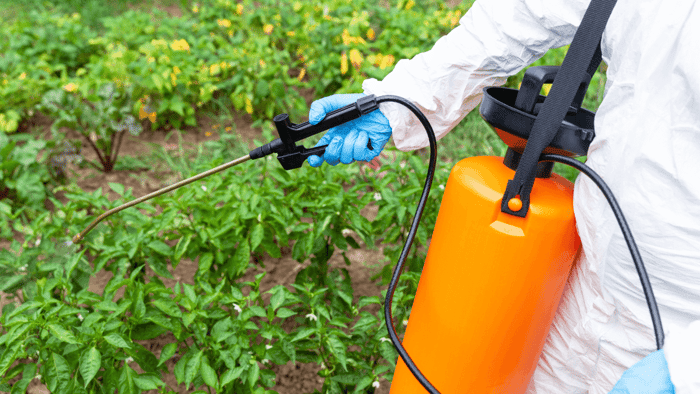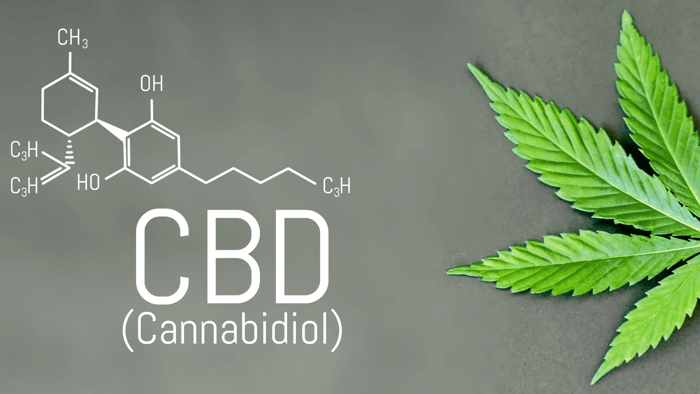
For centuries, chocolate has been a beloved food across many cultures. It's been used in various forms, such as offerings in religious ceremonies, a symbol of love and affection, and even currency. In modern times, chocolate has become ubiquitous in our lives, enjoyed by people of all ages and backgrounds.
For many individuals, chocolate has a special place in their hearts as a mood lifter, an energy booster, and a reward after a tough day. The consumption of chocolate has been shown to increase serotonin levels in the brain, leading to feelings of happiness and contentment. Caffeine and theobromine also act as mild stimulants, providing a boost of energy to help us power through the day.
But, of course, not all chocolate is created equal. When choosing chocolate, it's important to pay attention to the quality and ingredients—there is a dark side to chocolate.
Studies have revealed that certain types of dark chocolate bars may contain high levels of cadmium and lead, two heavy metals that have been linked to various health problems in both children and adults.

What constitutes as a heavy metal?
Heavy metals are naturally occurring elements, such as lead, cadmium, and mercury, that can be toxic to humans in large quantities. They can be found in the environment, including the soil and water used to grow crops like cacao, the main ingredient in chocolate.
While heavy metals are present in the environment, some producers can contribute to further contamination during the manufacturing process. For example, cacao beans can pick up heavy metals from the soil and water where they are grown, and some manufacturers may use contaminated water or equipment during production, leading to further pollution.

So, how do you ensure you're enjoying safe, healthy chocolate? One of the most important factors is the quality of the chocolate you're consuming. Look for high-quality, organic dark chocolate that has been independently tested for heavy metals, and be mindful of the country of origin for your chocolate. Some countries have stricter regulations around heavy metal contamination than others. For example, European Union regulations limit the amount of cadmium in chocolate, while the United States has no specific regulations for heavy metals in food.
Steps to reduce exposure
While it can be difficult to navigate the world of chocolate and heavy metal contamination, there are steps you can take to reduce your exposure.
- Choose high-quality, organic dark chocolate that has been independently tested for heavy metals.
- Check the country of origin to ensure it adheres to strict regulations around heavy metal contamination.
- Enjoy dark chocolate in moderation, as excessive consumption of any food can be detrimental to your health.
- Eat a varied diet that includes other sources of antioxidants, such as fruits and vegetables, to support your overall health.
If you're concerned about heavy metals in your diet, As You Sow’s website keeps track of cadmium and lead levels in products from several chocolate brands.

Dark chocolate can be a delicious and healthy indulgence, but it's important to be aware of the potential risks associated with heavy metal contamination. When shopping for dark chocolate, look for products that are made from high-quality ingredients and are sourced from reputable and ethical producers. Additionally, it's crucial to consume chocolate in moderation and balance it with a healthy diet and lifestyle.
By making informed decisions and adopting a mindful approach to our chocolate consumption, we can still reap the numerous health benefits of dark chocolate while also reducing our exposure to heavy metals and other potential contaminants.
Want to know everything going on in natural health and beauty? Sign up for BVU's newsletter. You can also follow along on Instagram and Facebook.




